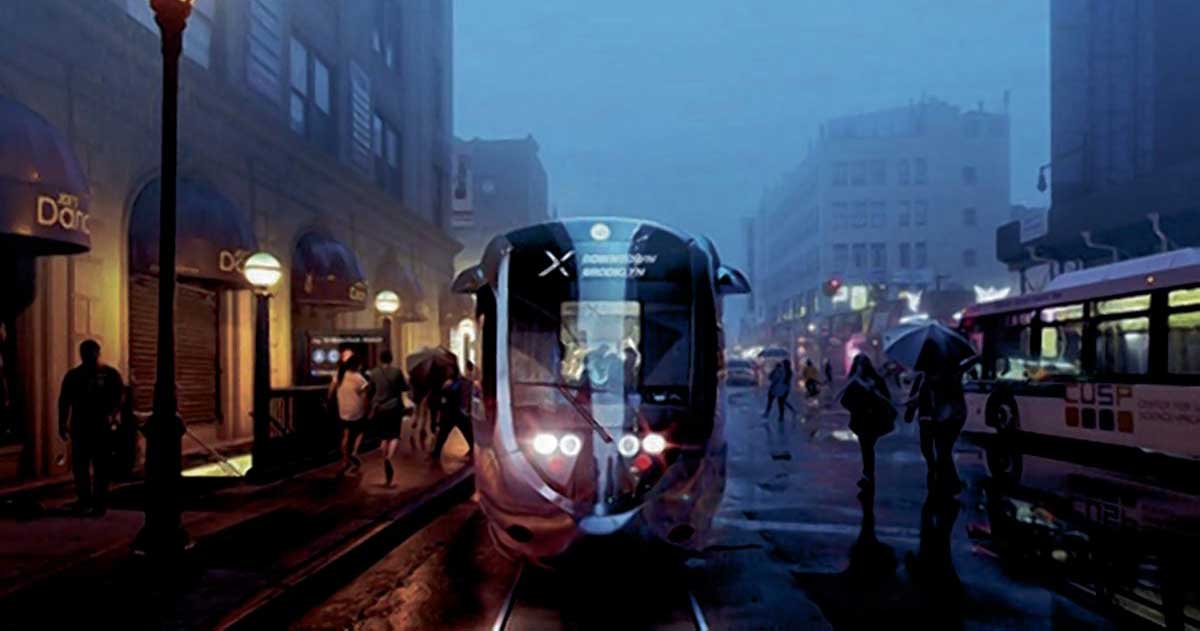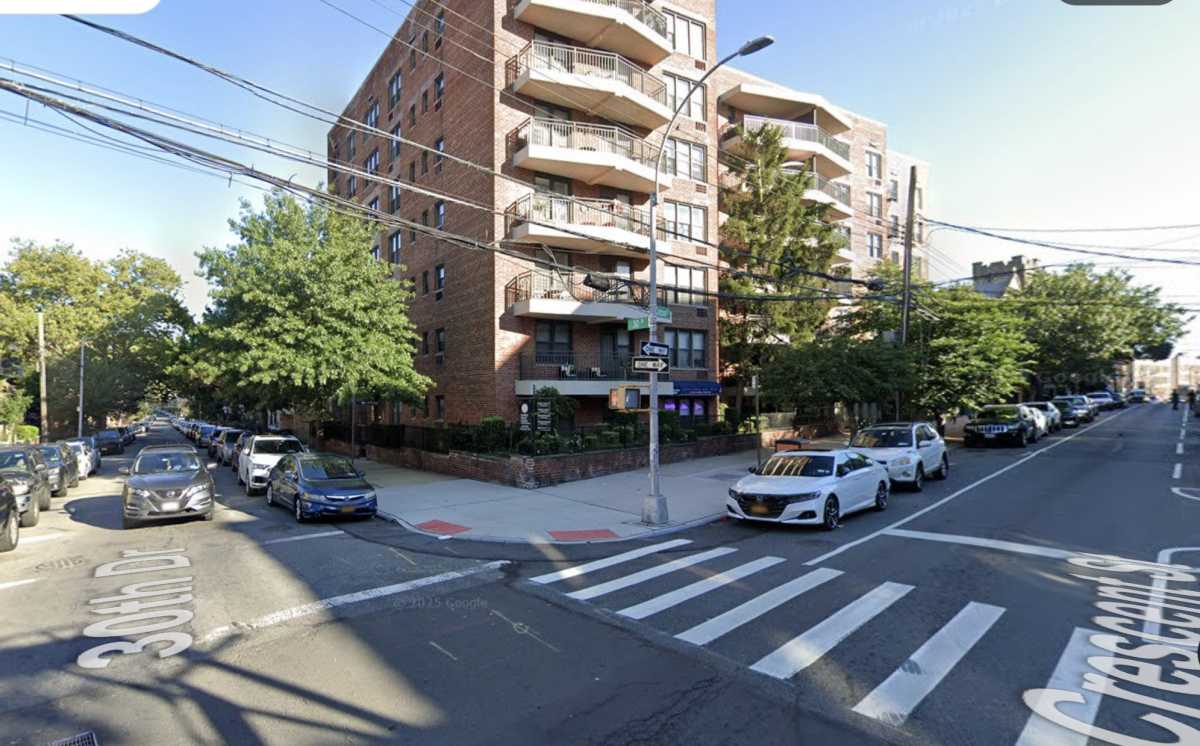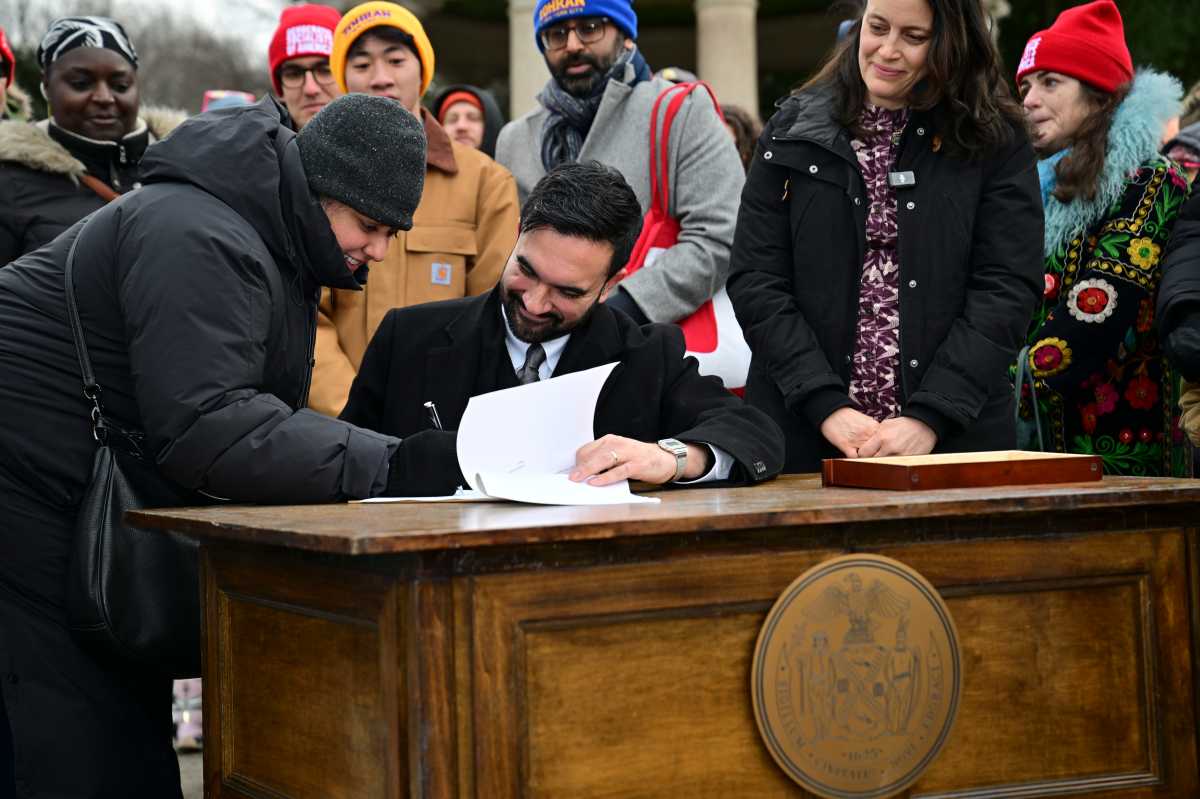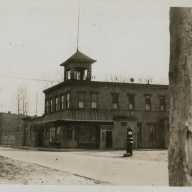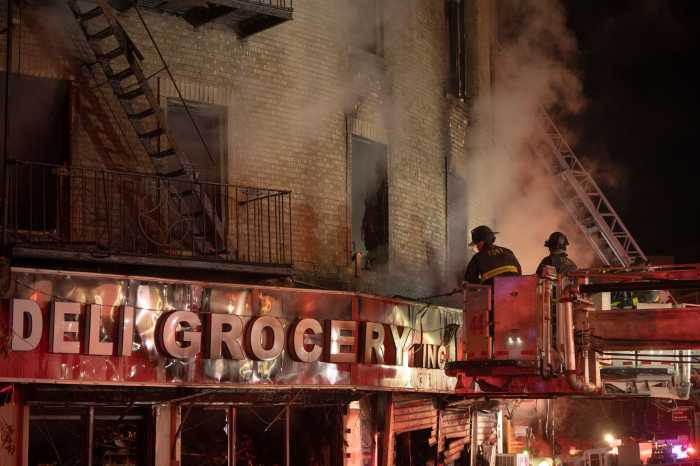As the Brooklyn-Queens Connector crawls closer to reality or bust, there is one snag a source sees in the $2.7 billion proposal by the de Blasio administration to link the two boroughs by a north-south streetcar route.
The project is dependent on the acquisition of $1.4 billion in federal funding to come through, and a former Federal Transit Administration official says this may be a forlorn hope for the transit project.
“The odds are slim to none that the project will get out of the barn,” Larry Penner, who worked in the FTA for 31 years, said.
The project will rely on a grant through FTA New Starts program, but the March 2019 report from the agency for all projects does not include the BQX for fiscal year 2020. This is problematic, according to Penner, for the five years it takes for grant applications to make its way through the Federal Full Funding Grant Agreement approval process.
How the the streetcar would navigate Newtown Creek and the Gowanus Canal is still unclear.
The latest route projection for the plan puts it closely shadowing and placing its new southern terminus just block from that of the G train instead of making its way all the way to Red Hook as originally promised.
And although the plan has morphed and shortened over the years since its 2015 inception, the cost assessment seems to be on a continuous rise.
Not only would that, but the streetcar route would eat 2,000 parking spaces.
But advocates remain loyal to the promise of BQX, having rallied in front of City Hall in late May prior to a hearing in the Council chamber with the task force assigned to the streetcar’s deployment as well as representatives from city agencies.
Not all members of the task force are fully invested in the plan and question Economic Development Corporation and Department of Transportation officials how they plan to avoid fallbacks.
Councilman Costa Constantinides wanted to know how they plan avoid exasperating gentrification and roadway congestion on 21st Street in Astoria. The EDC said they have taken into account residents who are protected under rent control laws, which have not stopped gentrification in the past, and that businesses will adapt to receive deliveries.
With BQX proposal hardly making it past the environmental review stage four years into the game, city officials said the delay in kickstarting the streetcar project is not out of the ordinary when compared to other light rail efforts in other cities.
Councilman Jimmy Van Bramer expressed a dubious attitude toward the prospect of an agency now under the control of the Trump administration awarding any funds at all to New York City in the coming years at the May 30 hearing.
Streetcars and light rails went extinct around the turn of the century with many cities opting instead for underground options for the versatility of buses and freedom from vehicular disruption for subways.
But the 21st century has seen the reemergence of this technology with Cincinnati launching its Bell Connector on a 3.6 mile loop of the city in 2016.
Pheonix, Arizona, known for its never-ending sprawl, even began its own service with the 26.3-mile Valley Metro Rail, for which construction began in 2005 and opened for business in 2008.
According to the MTA, many of the bus routes across the city, including Queens, follow the old streetcar routes. A template they are attempting to break for a bus system the agency is hoping will serve the needs of modern riders.
As part of the discussion in 2016 for the BQX, the changing needs of commuters has entailed a demand to reach the Queens and Brooklyn waterfronts and highlighted the antiquated spoke and wheel design of subways centered around the Manhattan.
The outer boroughs are now seeing the higher job growth than before and the G train simply does not cut it for north-south commuters who opt instead for schlepping through Manhattan
Penner concluded in a recent email to QNS that the surest way to move people along the tech hubs of Queens and Brooklyn would not be a light rail, but buses.

